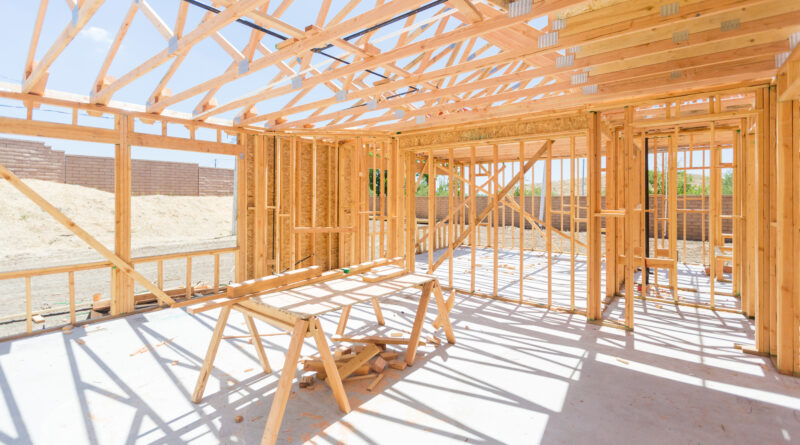More Gen Z Entering the Construction Industry
According to an NAHB analysis of the latest 2022 American Community Survey (ACS) data, the median age of construction workers is 42, which is one year older than the median age of workers in the national labor force. Nonetheless, there has been an increase in younger individuals entering the construction industry. Despite some progress since the peak of the skilled labor shortage in 2021, attracting skilled labor remains the primary long-term objective for the construction industry.
According to the NAHB, the median age of construction industry workers varies across states. The color coding in the map above tracks the median age of people working in the construction industry. The state with the oldest median age (45 years old) is West Virginia, followed by Connecticut, New York, Rhode Island and Vermont, where the median age of construction workers is 44. Construction workers are younger on average in the central part of the nation. For example, half of all construction workers in Utah are under 39.
The second data series mapped above is the difference between the median age of construction workers in each state and the median age of all industries. These estimates are reported as the numbers printed on each state. A positive number indicates that on average, construction workers are older than a typical worker in the state labor force. West Virginia, New York and Rhode Island are the states where the median age of construction workers is 3 years higher than the overall median. On the other hand, a negative number indicates construction workers are, in general, younger than the state labor force. In South Dakota and Wyoming, the median age of construction workers is 1 year younger than the overall median.
Analysis of the age distribution of construction workers over time reveals that Gen Z, those born between mid-1990s and early 2010s, are more likely to enter the construction industry than Millennials, when they were the youngest generation in the labor force. They are drawn to careers in the construction industry due to factors, like the innovative aspects of modern construction technologies, high cost of college education, competitive wages in construction, job security and potential for growth.


